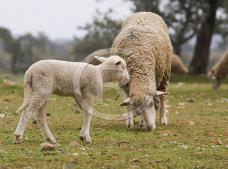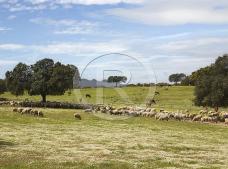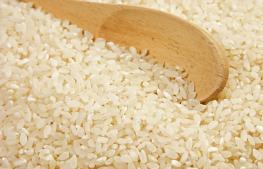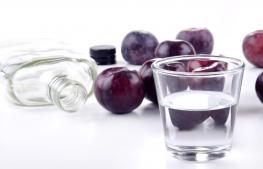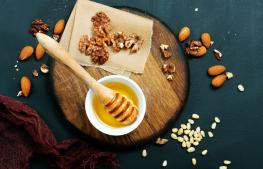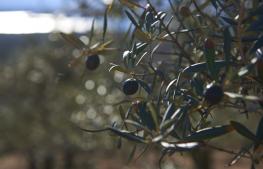Extremaduran lamb
Stockbreeding passion
The Protected Geographical Indication covers lambs that graze in the dehesa grasslands of Cáceres and Badajoz and that are reared on mother’s milk for the first 45 days of their lives. Their mothers are Merino breed sheep or crosses with rams from the breeds Merino Precoz, Ile de France and Merinofleischschaf, with 50% of their genotypes having to be Merino. The fathers come from pure or simple hybrids of Merino, Merino Precoz, Ile de France and Merinofleischschaf stock.
The lambs feed on milk for 40 or 50 days and then graze in the dehesa, only assisted with food supplements during periods where there are no or few natural resources.
In the final stage of their lives, the lambs eat grains and straw that give the meat a characteristic and distinctive flavour, until they reach the required weight. Lambs over the age of two months and 22 days can never be slaughtered.
Besides contributing to maintaining the dehesa ecosystem, this method of traditional production gives the meat from these lambs specific characteristics in terms of tenderness, colour and juiciness, mainly due to the long period they stay with their mothers.
This lamb meat is considered one of the finest on the market. It is characterised by having an excellent texture that is very pleasant on the palate, with an excellent flavour and a moderate level of fat cover.
The meat from CORDEREX lambs has to have a pale pink colour with a moderate degree of fat. The high quality of CORDEREX is noticeable in the delicious stews made with these lambs.
The PGI Regulatory Board monitors, controls, certifies, promotes and protects the meat from lambs that scrupulously comply with all the requirements set out in its regulations.
Weather
Cáceres
15Dec

7 ºC
13 ºC
16Dec

7 ºC
11 ºC
17Dec

6 ºC
14 ºC
18Dec

5 ºC
14 ºC
19Dec

9 ºC
10 ºC
If you like Extremaduran lamb you will like this too...
Rice
Extremadura is one of the leading rice producers at national level.
Liqueurs
In addition to the export of the fruits, with several million cherries every year, in 1989 the Jerte Valley Cooperatives Group began to distil che
Villuercas-Ibores Honey
The honey with Protected Designation of Origin Villuercas-Ibores Honey is the natural product produced by European honey bees.
Gata-Hurdes Oil
The Gata-Hurdes Protected Designation of Origin includes the counties of Fata, Hurdes, Trasierra, Tierras de Granadilla, part of Alagón, Ambroz, Je
More things you can find in Cáceres
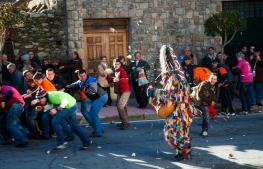
Festivals of Tourist Interest
The province of Cáceres is home to one Festival of International Tourist Interest and two festivals declared as being of National Tourist Interest.
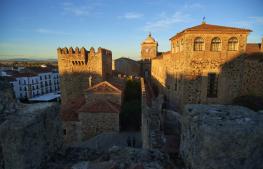
Monumental city of Cáceres
The topography plays an important role in the urban development of Cáceres, as the city stands on uneven ground, between the Sierra de la Mosca mou
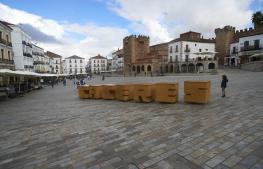
Old Town of Cáceres
The decree declaring Cáceres as a Monumental Site was published on 21 January 1949, and in 1986 UNESCO included the Old Town of Cáceres in its list

